The Castle of Santa Maura
One of the most impressive medieval buildings in Greece
The Castle of Lefkada town
The castle of Santa Maura, which lies at the entrance of the island is one of the most impressive medieval buildings in Greece. It is founded on a peninsula located between Lefkada and Acarnania and occupies an area of about 25,000 square meters. It is undoubtedly one of the most besieged fortresses of the Ionian Islands as it has been besieged 12 times in 7 centuries.
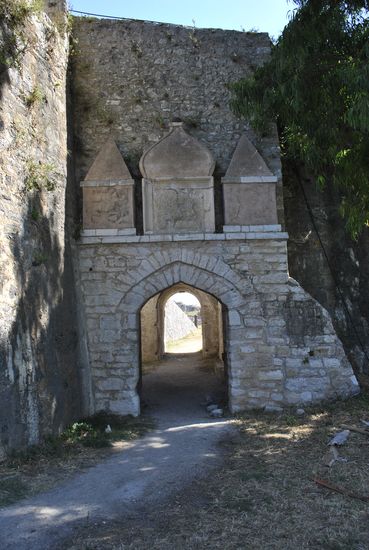
A little history
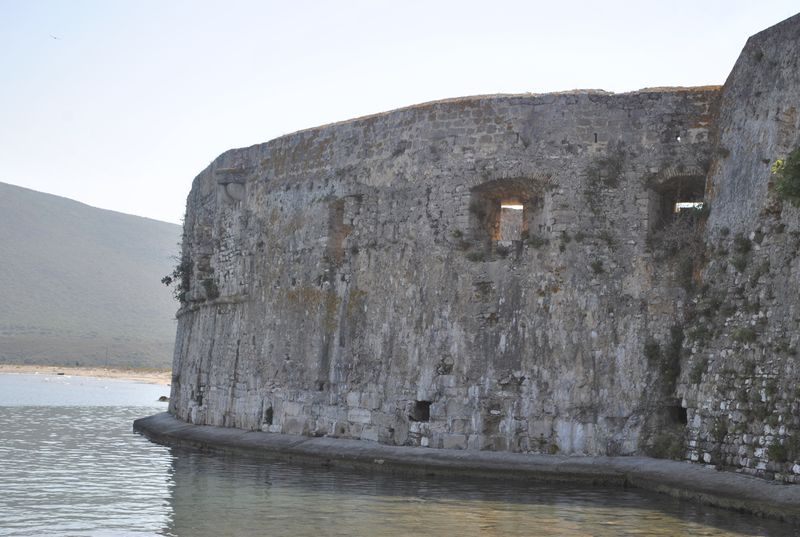
The first fortified construction was completed in 1302 AD by Giovanni Orsini. It was a compact military post manned by a small garrison.
In 1331 Lefkada was conquered by Walter Bryennius of Anjou. During their stay no architectural change took place in the small fort.
In 1362, along with the aid of the revolting locals, Lefkada is conquered by Leonardo I Tocco. Charles I Tocco decided to expand the castle after an invasion of the Albanians who destroyed and ravaged the island. The expansion takes place in 1410 - 1420. Inside the castle is enclosed the city of Santa Maura, which is also the capital of the island.
In 1479 Leonardo C of Tocco refused to pay the vassalage tax to the Ottomans while the latter directly send an expeditionary force of 5.000 soldiers. As Leonardo had already been informed about the enemy's move, he flees to Italy with the castle’s guard. After a few days of siege, the castle fell into the hands of the Ottomans.
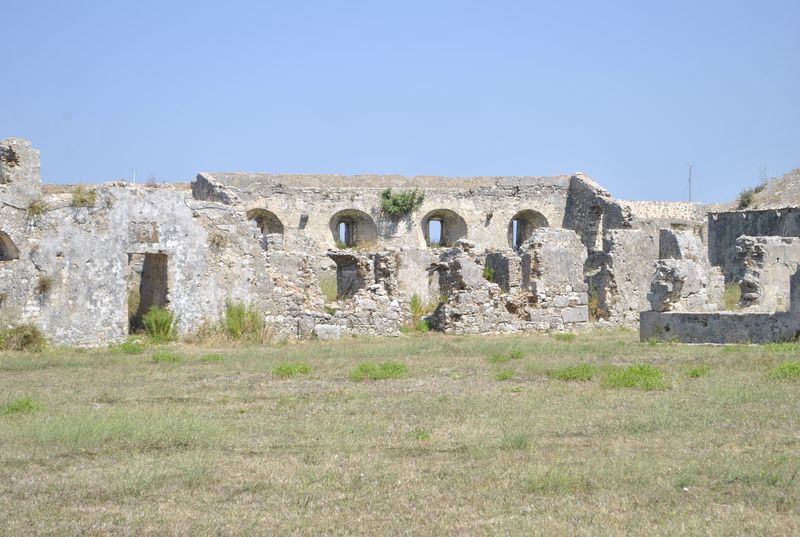
In the period 1566-1571 the Ottomans carried out an extensive reconstruction to the castle for defense purposes and because of population increase. After the works the castle took its heptagonal shape which maintains until today. Inside the castle there are 200 stone houses, three mosques, two baths, a seminary and two schools After a powerful earthquake in 1625, the castle was repaired and renovated. The first castle of Orsini, used as the citadel during the Ottoman rule, was isolated by the construction of an internal moat. Santa Maura was one of the major strongholds of the Ottoman Empire western border and for this reason was equipped with 126 cannons, dense riffle-ports and a garrison of 300 men in peace.
During the Ottoman many notorious pirates of the Mediterranean found shelter in Santa Maura. Because of the piracy surge the Venetians attacked the castle several times. The most important attacks are: In 1572 (General Venier), in 1658 (General Proveditore Marino Marcello), in 1684 (General Proveditore Girolamo Corner), all of them unsuccessful. Finally, on August 6, 1684, combined forces of 10.000 men under the command of Francesco Morozini seized the castle after a siege which lasted 16 days.
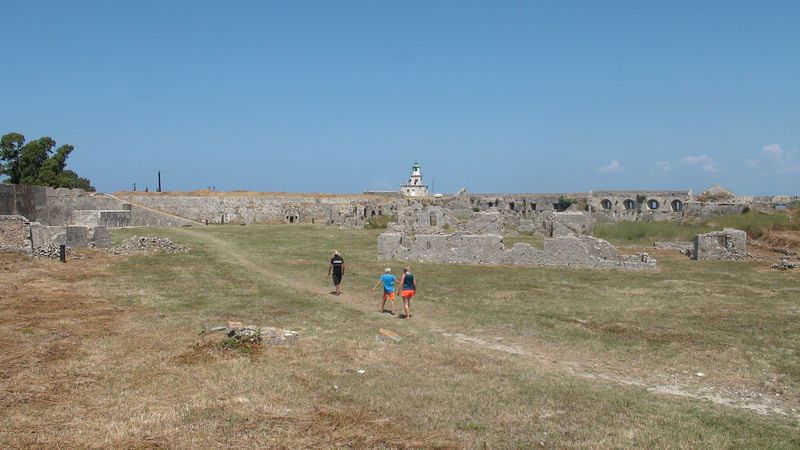 The first strategic action of the Venetians was to demolish the capital inside the castle and transfer it in its present location. The name of the new capital was Amaxiki. The castle after extensive reconstructions was transformed to a military camp.
The first strategic action of the Venetians was to demolish the capital inside the castle and transfer it in its present location. The name of the new capital was Amaxiki. The castle after extensive reconstructions was transformed to a military camp.
In 1797 the Treaty of Kampoformio signaled the end of the Serenissima Republic of Venice. In Lefkada arrived the Republican French as new rulers, who will remain on the island and the castle for just one year. In October 18, 1798 combined Turco - Russian forces engage the castle. On 3 November 1798 commander Miale, immured behind the fort’s walls without supplies and reinforcements surrendered.
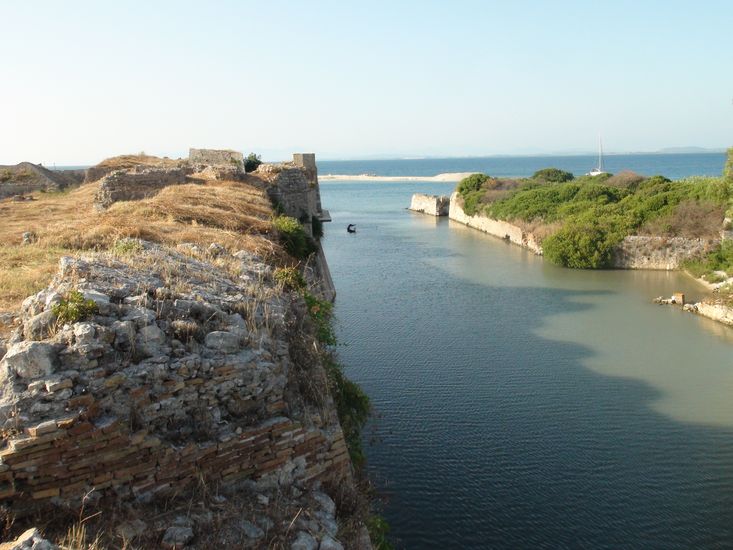
In 1802, on the ramparts of the castle, the flag of the Septinsular Republic was raised, a federal state that Turkey dominated and Russia would guarantee its safety. The defeat of Russia by Napoleon's army forced Tsar Alexander I to ask truce which brought the state under French command on July 1807.
In 1810 the British under the command of General Oswald and in cooperation with Theodore Kolokotronis attack Lefkada. The siege starts on March 9, 1810. An army of 4,000 men engages the castle. The siege ends on April 16, 1810 after 40 days. The extremely intense and continuous effort for the occupation of the castle made Major Church to call it "devilish".
The occupation of the British lasted until May 21, 1864 where the Ionian Islands were unified with Greece. After the unification the castle was used as a camp for the Greek Armed Forces. In World War I it was used as a prison for Turkish captives while in the decade 1922 - 1932 alongside the soldiers housed refugees from Minor Asia. In 1938, Metaxa's regime decides to sell the materials of the buildings, the bastions and the walls as construction materials to support the Hellenic Army Pension fund.
Also watch: The castle of Santa Maura (Documentary)